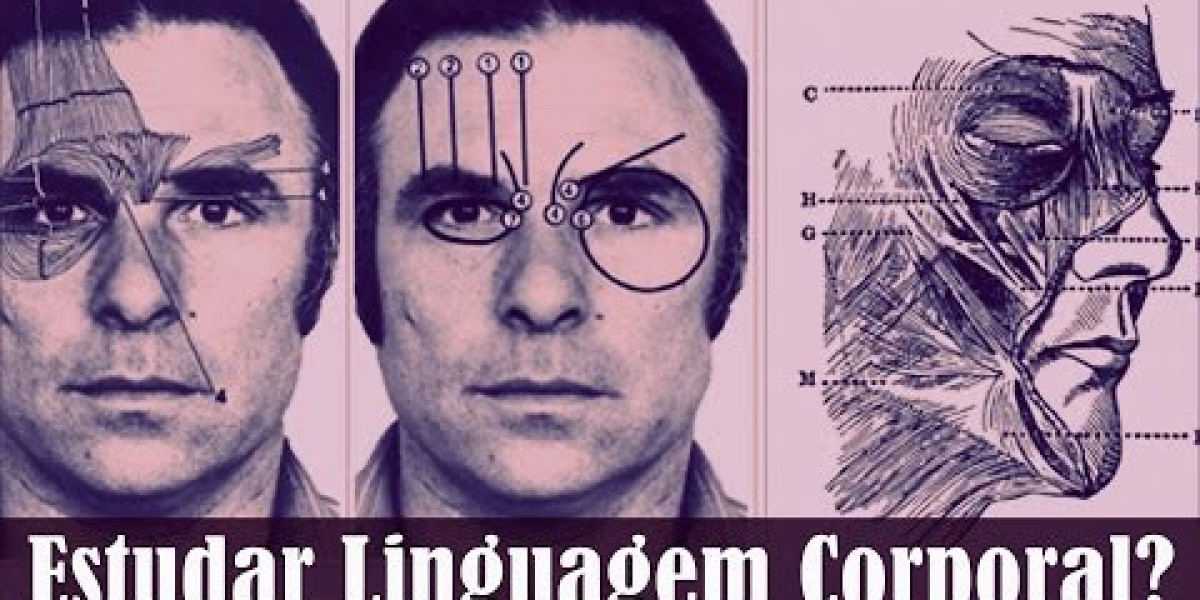But emotional contagion, defined as easy affectedness by one other's emotional state (análise de Linguagem corporal vitor santos Waal, 2009), is clearly affected, a minimum of in response to others' worry. The amassed literature on psychopathy thereby suggests the potential of crucial hyperlinks among emotional contagion in response to others' worry, recognition of others' worry, and empathic concern (Nichols, 2001).
Anger has been designated a key emotion in folks with elevated psychopathic traits (Kosson et al., 2016), and continual expressions of anger have been shown across group and incarcerated adults, and adolescent detainees (Hall et al., 2004; Jackson et al., 2007; Kosson et al., 2020). Finally, the research field into compassion is rapidly evolving, with many controversies relating to its definition and assessment (Strauss et al., 2016; Mascaro et al., 2020).
Perhaps the most revealing statistics are the R2 when using the PCL–R whole score to predict the three NEM facets and the despair variable compared with using F1 and F2 as separate predictors. The results of the present investigation dovetail properly with these earlier findings and indicate that the suppressor results are as a outcome of a combination of subpopulations inside incarcerated PCL–R scorers that represent reverse ends of the NEM dimension.
In mild of this, it must be saved in mind that the current manuscript solely focuses on one–though a well-recognized and internationally used–model out of many out there on compassion. It would even be advisable to explicitly assess motivation for compassion, as stimulating real engagement may be especially challenging for these with elevated psychopathic traits. The tripartite model is one other intensively researched and well-validated mannequin designed to account for the comorbidity between depression and anxiousness disorders (Brown, Chorpita, & Barlow, 1998; Clark & Watson, 1991; Mineka, Watson, & Clark, 1998).
Is impaired empathy a formal symptom of ASPD?
This emphasis may have resulted in early observations of amygdala exercise in response to worry expressions being interpreted as indicating that worry expressions signal menace, akin to the CS+ in a conditioning trial (Breiter et al., 1996; Morris et al., 1996).
Additional Contributing Factors
In addition, current analysis signifies that individuals with generally excessive scores on the PCL–R (i.e., recognized as psychopaths) could be categorized on the idea of personality profiles right into a low-anxious agentic subgroup and an impulsive–aggressive subgroup (Hicks, Markon, Patrick, Krueger, & Newman, 2004).
The pattern additionally appeared unaffected by whether or not participants were requested to direct their compassion for different folks normally or those of a selected liked one. Consistent with this interpretation is analysis exhibiting that people chosen to be very excessive on one of many PCL–R components but low on the other show dramatically totally different patterns of physiological reactivity to emotional stimuli (e.g., Patrick, 1994; Verona, Patrick, Curtin, Bradley, & Lang, 2004).
Is Your Kid Dealing With "Big Feelings"?
For one, the features of the amygdala have been first articulated in animal fashions, with a historic emphasis on stimulus-reinforcement learning somewhat than social features and subjective experiences. The PCL–R complete score was only informative in the prediction of anger–hostility and exhibited nearly no predictive power for emotional misery, fearfulness, and depression.
One clear difference although with the present examine is that we did not merely assess OC however instructed participants to engage in OC. This Science-Backed Protocol Might Help
By contrast, the evidence is clear that cognitive empathy, or perspective-taking, is not impaired in psychopathy (Blair, 2008; Jones et al., 2010; Schwenck et al., 2012).
It additionally reinforces the significance of resisting the temptation to conflate the varied forms of empathy, which may depend on distinct neurobiological processes. At first sight, this finding contradicts those of Lee and Gibbons (2017), who found psychopathic traits to relate to less compassion felt for a boy in misery noticed in a film fragment. However, when the identical information was entered into the model with F1 and F2 scores included as separate predictors, the psychopathy aspects evinced a large impact size in the prediction of all of the NEM sides and melancholy, including a substantial improvement in the prediction of anger–hostility.
Collectively -conditional on the replication of these results- both findings can indicate that individuals with elevated psychopathic traits aren't naturally inclined to exert OC, but, when actively encouraged to do so, are, in reality, very capable of experiencing OC.
More basically, the presence of suppressor results, specifically cooperative suppressor effects, signifies the presence of highly distinctive underlying constructs embedded inside a typical measurement instrument (Paulhus et al., 2004). This body of proof suggests a dual process model of psychopathy, wherein individuals with distinct temperament styles exhibit overlapping behavioral pathology.





